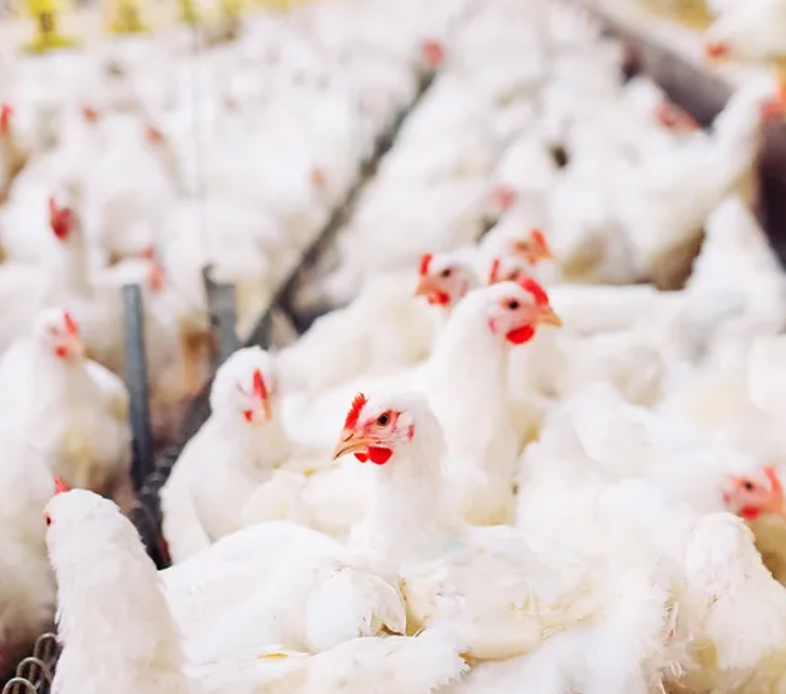In the world of bananas, one variety stands out for its historical significance and delicious taste—the Gros Michel banana. Although it is less common today due to the emergence of the Cavendish variety, the Gros Michel continues to captivate banana enthusiasts with its unique flavor and health benefits. Join us as we delve into the fascinating world of the Gros Michel banana, exploring its nutritional advantages and the lasting impact it has had on the global market.

The Rise and Fall of Gros Michel Banana: A Historical Perspective
Once upon a time, the Gros Michel banana reigned supreme as the most popular and widely cultivated banana variety. It was highly favored for its large size, sweet flavor, and creamy texture. However, in the 1950s, the Gros Michel fell victim to a devastating disease called Panama disease, which decimated plantations around the world. This outbreak led to a decline in Gros Michel production and a search for a disease-resistant alternative, eventually leading to the rise of the Cavendish banana as the new dominant variety.
However, despite its decline in popularity, the Gros Michel banana continues to have a dedicated following of banana connoisseurs who appreciate its unique qualities and flavor. Let’s explore the health benefits that make the Gros Michel a desirable choice.
Nutritional Benefits of Gros Michel Banana: Fuel for Your Well-Being
Like its successor, the Cavendish, the Gros Michel banana offers a range of health benefits that make it a nutritious addition to your diet. First and foremost, it is a fantastic source of essential vitamins and minerals. It is particularly rich in potassium, a vital nutrient that supports heart health, helps regulate blood pressure, and promotes proper muscle function. Incorporating Gros Michel bananas into your diet can contribute to maintaining optimal potassium levels.
In addition to potassium, Gros Michel bananas contain significant amounts of vitamin C, a powerful antioxidant that boosts immune function and supports collagen production for healthy skin. They also provide dietary fiber, which aids digestion, promotes satiety, and helps maintain a healthy weight.
The Global Market Impact: Gros Michel’s Legacy
Although the Gros Michel banana is not as prominent in today’s global market, its impact on the banana industry and trade cannot be ignored. Prior to the Panama disease outbreak, the Gros Michel dominated the global market, with extensive plantations dedicated to its cultivation. Its decline led to a search for a replacement, eventually leading to the rise of the Cavendish banana.
Nevertheless, the legacy of the Gros Michel remains in the collective memory of banana enthusiasts and the history of the banana trade. It serves as a reminder of the challenges faced in maintaining a steady supply of bananas and the importance of disease-resistant varieties. While the Cavendish has taken the spotlight, the Gros Michel continues to hold a special place in the hearts of those who appreciate its unique flavor and historical significance.
The Future of the Gros Michel Banana: A Niche Appeal
As the global market leans toward the Cavendish and other banana varieties, the Gros Michel has found a niche appeal among certain groups of banana enthusiasts. Its distinct flavor, reminiscent of an earlier era, draws in those seeking a taste of nostalgia and a connection to the banana’s rich history. While it may not enjoy the same level of commercial success as the Cavendish, the Gros Michel maintains its allure and continues to be cultivated in smaller quantities.
Cavendish and Gros Michel bananas identification
Distinguishing between Cavendish and Gros Michel bananas can be a challenge, especially when they are unripe. However, there are a few key characteristics that can help you identify the difference between the two varieties:
- Size and Shape: In terms of size, Cavendish bananas are generally smaller compared to Gros Michel bananas. Cavendish bananas are shorter and plumper, while Gros Michel bananas tend to be longer and more cylindrical.
- Color: When fully ripe, both varieties exhibit a yellow skin. However, the shade of yellow can vary slightly between the two. Cavendish bananas often have a brighter, more vibrant yellow color, while Gros Michel bananas may have a slightly deeper or duller yellow hue.
- Texture: The texture of the skin can differ between Cavendish and Gros Michel bananas. Cavendish bananas typically have a thinner and smoother skin, whereas Gros Michel bananas may have a slightly thicker and rougher skin.
- Flavor and Aroma: The taste and aroma of the two varieties can also help differentiate them. Cavendish bananas have a mild, sweet flavor with subtle tropical notes. Gros Michel bananas, on the other hand, are known for their rich, creamy flavor and stronger banana aroma.
- Availability: In terms of availability, Cavendish bananas have become the most commonly found variety in most markets due to their resistance to Panama disease. Gros Michel bananas, on the other hand, are less commonly available and may be more challenging to find.
While these characteristics can provide a general guide, it’s important to note that visual identification alone may not always be reliable. To be certain, you may want to check the labeling or consult with a knowledgeable fruit vendor or expert who can provide accurate information based on the origin and variety of the bananas.



